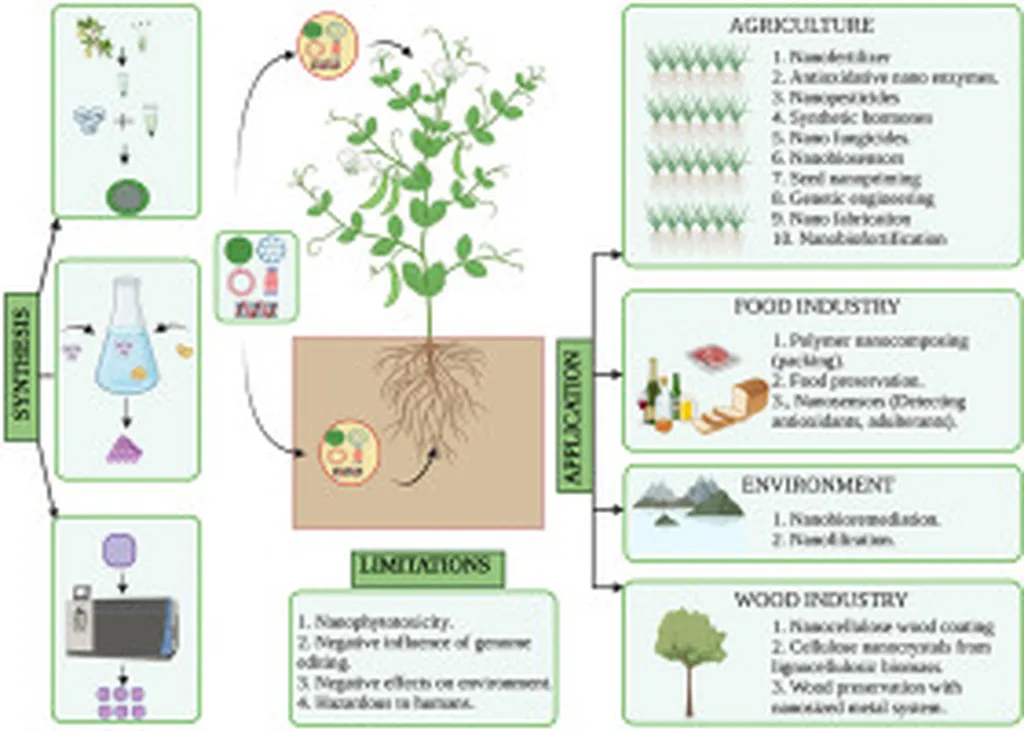In the heart of Italy, researchers are cultivating a revolution in agriculture that could reshape how we address global food security. At the Faculty of Engineering of the Free University of Bozen-Bolzano, lead author Ciro Allará and his team are exploring the potential of electronic nanomaterials to enhance plant growth and resilience. Their work, published in the journal *Advanced Electronic Materials* (translated as “Advanced Electronic Materials”), offers a glimpse into a future where nanotechnology and microfluidics could transform agricultural practices.
The challenge is immense: global food security is under threat from population growth, climate change, and the loss of arable land. Traditional methods, such as chemical fertilizers and conventional plant breeding, have limitations. Enter electronic nanomaterials—tiny structures that can encapsulate and control the release of bioactive substances, green fertilizers, and nutrients. These materials promise to boost nutrient uptake, biomass production, photosynthetic efficiency, and resilience to environmental stressors.
“Electronic nanomaterials offer significant advantages over traditional methods,” Allará explains. “They can enhance plant processes in a sustainable manner, addressing some of the most pressing challenges in agriculture.”
The review highlights the role of various nanomaterials, including metals, metal oxides, metal-organic frameworks, and carbon-based nanomaterials. These materials can improve agricultural productivity by interacting with plants at the cellular level, delivering nutrients precisely when and where they are needed. This precision not only boosts yields but also reduces the environmental impact of agriculture.
But the innovation doesn’t stop there. Microfluidics, a technology that manipulates small volumes of fluids, is being used to test and optimize these nanomaterials. By developing transport models and improving the understanding of plant compartments, microfluidics can minimize side effects and enhance the effectiveness of nanomaterials. This synergy between nanotechnology and microfluidics could pave the way for sustainable agricultural practices that address food security challenges head-on.
The commercial implications for the energy sector are also significant. As the world seeks sustainable solutions to feed a growing population, the integration of nanotechnology and advanced tools like microfluidics could lead to innovative agricultural solutions. These solutions could enhance crop resilience and productivity, ultimately contributing to a more secure and sustainable food supply.
Allará’s research is a testament to the power of interdisciplinary collaboration. By bringing together experts from materials science, plant biology, and engineering, the team is pushing the boundaries of what is possible in agriculture. Their work offers a glimpse into a future where technology and nature work hand in hand to address some of the most pressing challenges of our time.
As the world grapples with the complexities of food security, the insights from this research could shape the future of agriculture. By embracing the potential of electronic nanomaterials and microfluidics, we may unlock new possibilities for sustainable and productive farming practices. The journey has just begun, but the promise is clear: a future where technology and nature converge to create a more resilient and secure food system.

